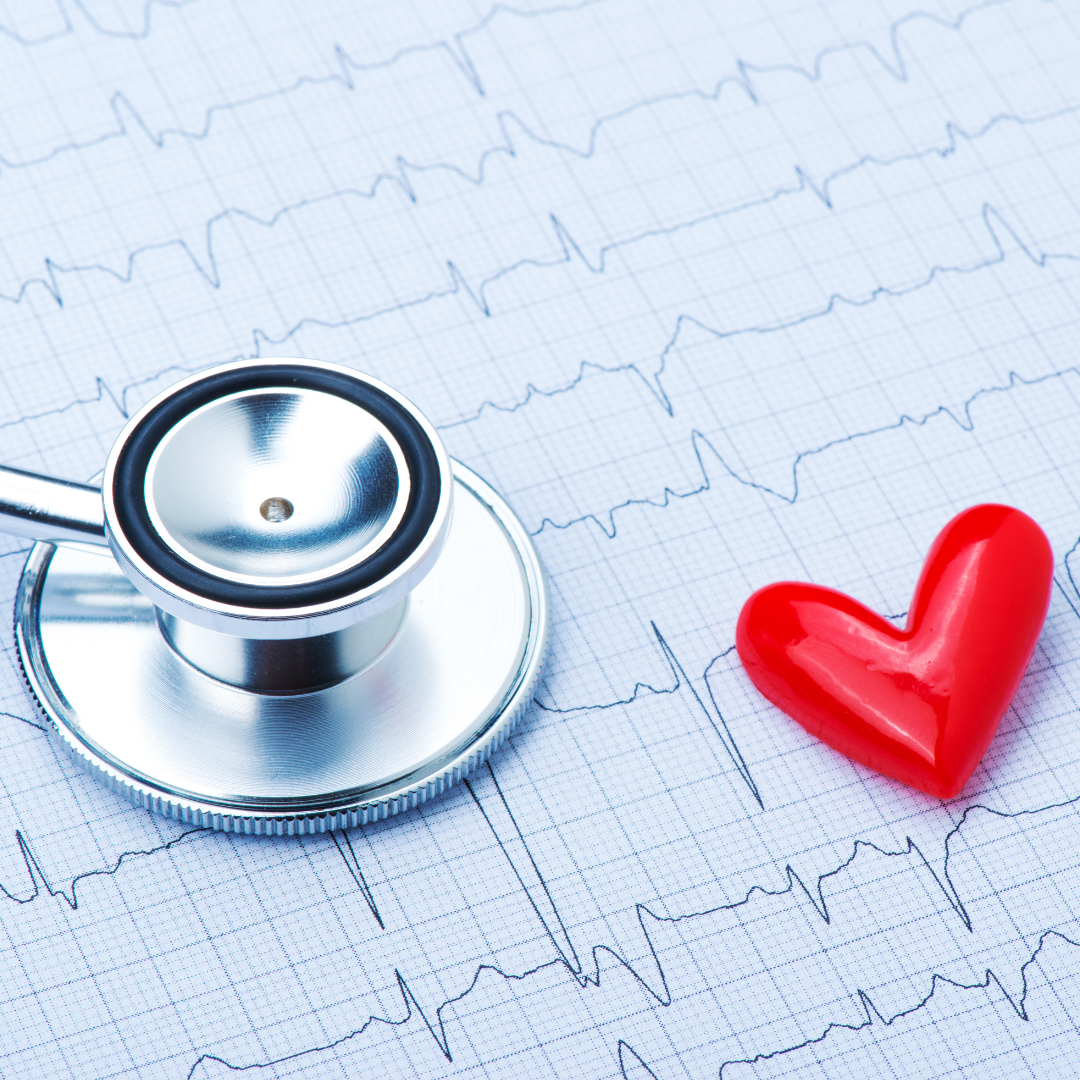The Goods and Services Tax (GST) in India has undergone significant reforms to address the pressing issue of healthcare affordability. With the introduction of GST 2.0, the government has taken critical steps to exempt life-saving drugs from taxation and reduce taxes on medical devices. These strategic changes aim to alleviate the financial burden on patients and ensure that necessary medical treatments are more accessible to everyone.
GST 2.0: Exemption for Life-Saving Drugs Explained
The GST 2.0 reforms include a crucial exemption for life-saving drugs, recognizing their essential role in healthcare. With many patients relying on specific medications for chronic conditions or critical illnesses, this exemption is a welcome development. By removing the tax burden on these drugs, the government is ensuring that patients pay only for what they need, making healthcare more equitable.
The rationale behind this decision is twofold. First, it aims to reduce the overall cost of treatment, making life-saving medications more affordable for those who require them. Second, it encourages pharmaceutical companies to innovate and bring new drugs to market without the fear of excessive taxation. This can lead to a broader range of treatment options available to patients, thus improving health outcomes overall.
Furthermore, the exemption aligns with global best practices, where many countries prioritize the availability of life-saving medications. By implementing this reform, India is moving towards a more inclusive healthcare model that prioritizes patient welfare over revenue generation. It also sends a strong message about the government’s commitment to public health, reflecting the understanding that healthcare is a fundamental right.
Reducing Medical Device Taxes to Cut Treatment Costs
In addition to the exemption for life-saving drugs, GST 2.0 also focuses on reducing taxes on medical devices. Medical devices, ranging from simple syringes to sophisticated imaging machines, are pivotal in modern healthcare. However, the high tax rates have often translated into elevated costs for patients, limiting access to essential medical equipment.
The decision to reduce taxes on these devices is critical for enhancing the affordability of healthcare. Lowering the tax burden means that manufacturers can offer their products at more competitive prices, which in turn can lead to greater investment in innovation and technology. This creates a win-win scenario where patients benefit from lower costs while the healthcare sector can grow sustainably.
Moreover, this reform can significantly enhance the quality of care provided to patients. With lower costs on medical devices, healthcare providers can equip themselves with the latest technology, ultimately improving diagnostic accuracy and treatment efficacy. As a result, patients can expect better healthcare services without the looming worry of exorbitant costs associated with necessary medical interventions.
The GST 2.0 reforms, featuring exemptions for life-saving drugs and reduced taxes on medical devices, represent a transformative step towards a more affordable healthcare system in India. By prioritizing patient welfare over tax revenue, the government is not only making essential healthcare more accessible but also encouraging innovation within the pharmaceutical and medical device sectors. As these changes take root, they promise to significantly enhance health outcomes for millions, embodying a progressive approach to public health.




